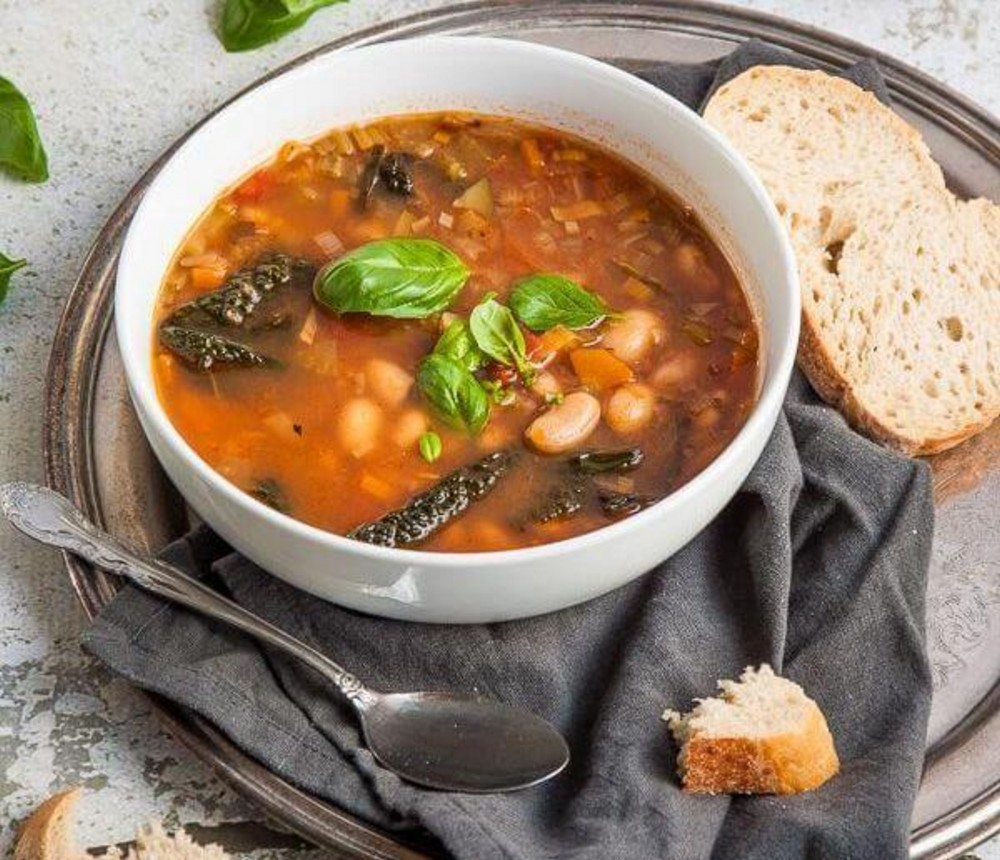
Hadrian’s Wall—Roman Fortification
Hadrian’s Wall, near the Scottish border in northern England, was a continuous 20-foot-tall Roman fortification that guarded the northwestern frontier of the province of Britain from barbarian invaders.
Hadrian’s Wall extended from coast to coast across the width of northern Britain. The wall was built to control native movements across the frontier and for surveillance.
Emperor Hadrian, who ruled from 117 CE to 138 CE went to Britain in 122 CE and, in the words of his biographer, “was the first to build a wall, 80 miles long, to separate the Romans from the barbarians.” At every mile of the wall, a castle guarded a gate, and two turrets stood between each castle.
The flat-bottomed trench on the south side of the wall, called the vallum, was flanked by earthen ramparts and probably delineated a “no-man’s land” past which civilians were not allowed to pass. Between the vallum and the wall ran a service road called the Military Way. Another less-sophisticated trench ran along the north side of the wall.
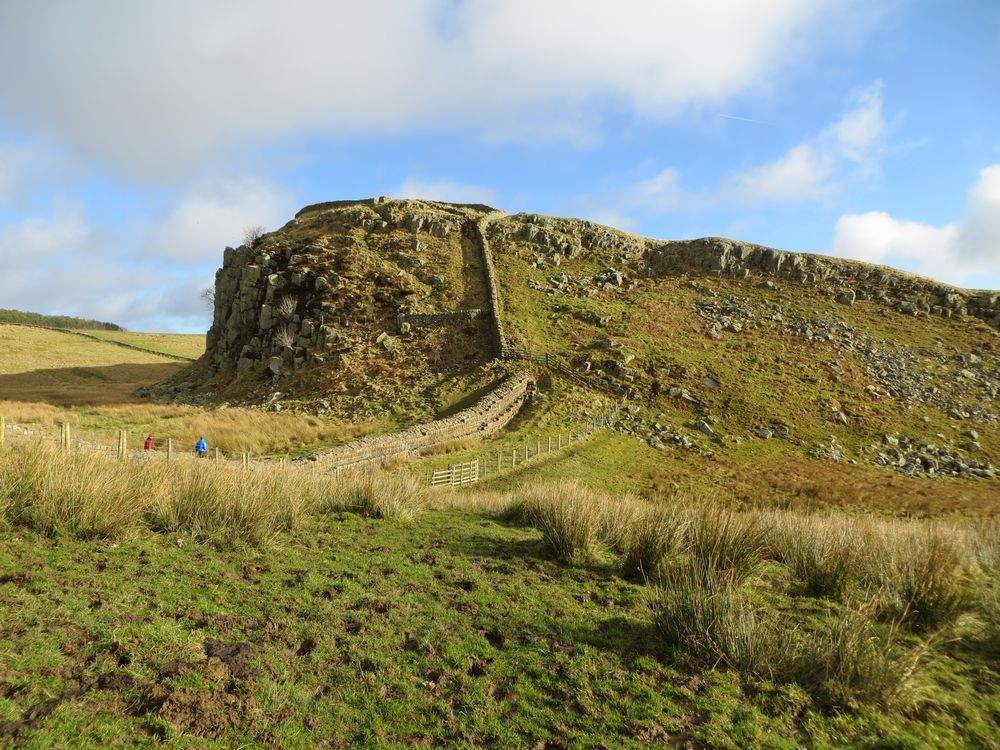
Today, many portions of the wall, ruined forts, and museums delight history enthusiasts. Hadrian’s Wall is in vogue as a destination for multi-day hikes through the pastoral English countryside. The Hadrian’s Wall National Trail runs 84 miles, following the wall’s route from coast to coast. Through-hikers can walk the wall’s entire length in four to ten days.
In 1987 Hadrian’s Wall was designated a UNESCO World Heritage site. Over the centuries, many sections of the wall have suffered damage caused by roads traversing it and by the plunder of its stones to build nearby houses and other structures. The best-preserved section runs along the Whin Sill towards the fort at Housesteads.

Youth Hostel Association “Once Brewed” and “Twice Brewed” at Hadrian’s Wall
YHA Once Brewed can be found on The Military Road (B6318) which runs parallel with the A69. B6318 trails Hadrian’s Wall for much of its length and the views over the rural area are dazzling. The YHA Once Brewed hostel is easily identified, the car park is just off the main road, and beside the Northumberland National Park Centre.
Folklore has it that when General Wade was building his military road to help deter anymore of the hostile Scottish Jacobite raiders, it is alleged that he got thirsty—and quite rightly so! So stopping for a swift ale at a convenient pub he was thrown in a terrible rage at the sheer lack of strength of the brew. The ale had been brewed in a typically northeastern way and he deemed it far too weak. Calling the landlord he raged: “this is extremely weak and undrinkable” whilst pointing to the offending pint he made the simple treat “I’ll be back here in a week’s time, I want the beer to be brewed again, or it’s the gallows for you!”

So the landlord duly trembled, re-brewed the ale and satisfied the returning general a week later. The episode had progressed into a local (and slightly manufactured) legend, the military road is now romantically entitled the B6318, and however the pub next door is clinging onto the heritage and is named “Twice Brewed”
Youth Hostel Association “Once Brewed” Hostel at Hadrian’s Wall
In 1934 the Youth Hostels Association (the English- and Welsh-nonprofit that provides youth hostel accommodation in England and Wales) came along and converted a farmhouse into a hostel. Looking for a name they saw the pub enticingly next door, and with a gigantic leap of imagination called the new hostel “Once Brewed: opened by lady Trevelyan of Wallington Hall, a lifelong teetotaler she remarked “that shall only serve nothing but tea and that would be brewed once only.”
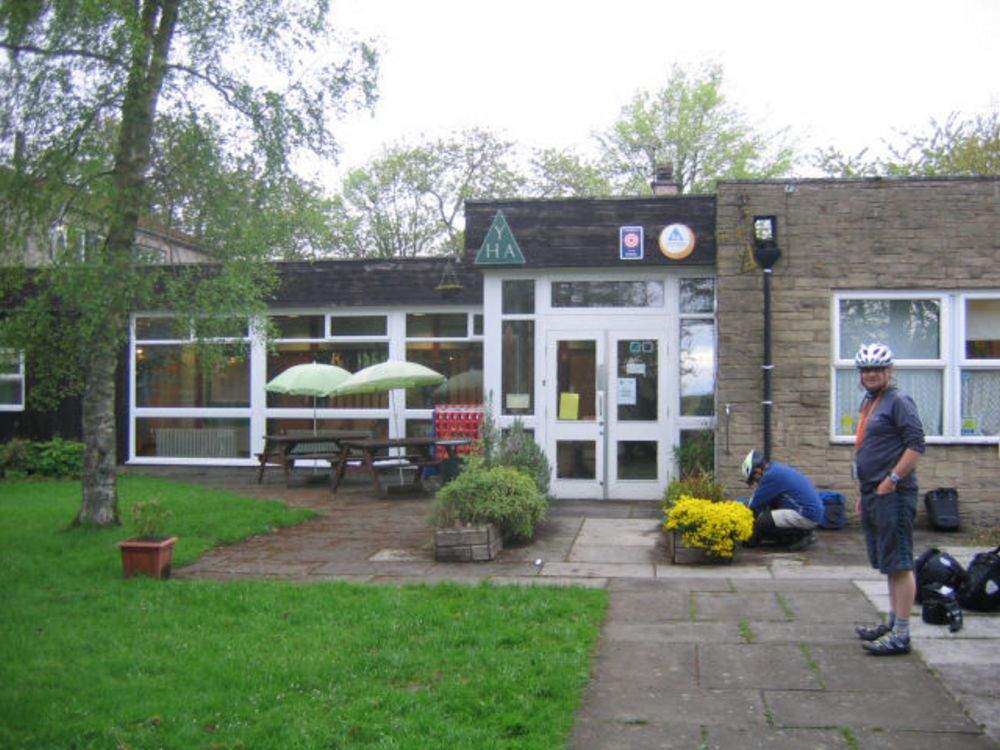
That may not be anything like the real story however, (there are versions at least of the local legend, which gives the pub its name, normally involving roman wall builders pictish raiders instead of irate generals.)
“Twice Brewed” and Northumbrian Dialect
“Twice Brewed” probably derives from Northumbrian dialect, which means between two hills, or brews something, believed to be from drovers bringing the cattle down from the north looking for a gap between the two “brews” to shelter in.
Nevertheless, one fact is for definite: “Once Brewed” is only called “Once Brewed” because it’s next door to “Twice Brewed!”

Before Twice Brewed was the pub, “East Twice Brewed” was the pub’s name, before that there was “West Twice Brewed,” and before that they all brewed their own (until the revenue men came along.)

.jpg) Sir Humphrey: Oh thank you, Bernard. Minister, just one thing. I wonder if I might crave your momentary indulgence in order to discharge a by no means disagreeable obligation which has, over the years, become more or less established practice within government circles as we approach the terminal period of the year, calendar, of course, not financial, in fact, not to put too fine a point on it, Week Fifty-One, and submit to you, with all appropriate deference, for your consideration at a convenient juncture, a sincere and sanguine expectation, indeed confidence, indeed one might go so far as to say hope, that the aforementioned period may be, at the end of the day, when all relevant factors have been taken into consideration, susceptible of being deemed to be such as to merit a final verdict of having been by no means unsatisfactory in its overall outcome and, in the final analysis, to give grounds for being judged, on mature reflection, to have been conducive to generating a degree of gratification which will be seen in retrospect to have been significantly higher than the general average.
Sir Humphrey: Oh thank you, Bernard. Minister, just one thing. I wonder if I might crave your momentary indulgence in order to discharge a by no means disagreeable obligation which has, over the years, become more or less established practice within government circles as we approach the terminal period of the year, calendar, of course, not financial, in fact, not to put too fine a point on it, Week Fifty-One, and submit to you, with all appropriate deference, for your consideration at a convenient juncture, a sincere and sanguine expectation, indeed confidence, indeed one might go so far as to say hope, that the aforementioned period may be, at the end of the day, when all relevant factors have been taken into consideration, susceptible of being deemed to be such as to merit a final verdict of having been by no means unsatisfactory in its overall outcome and, in the final analysis, to give grounds for being judged, on mature reflection, to have been conducive to generating a degree of gratification which will be seen in retrospect to have been significantly higher than the general average..jpg) Jim Hacker: Alright, alright, Bernard! Hum…but Humphrey…
Jim Hacker: Alright, alright, Bernard! Hum…but Humphrey…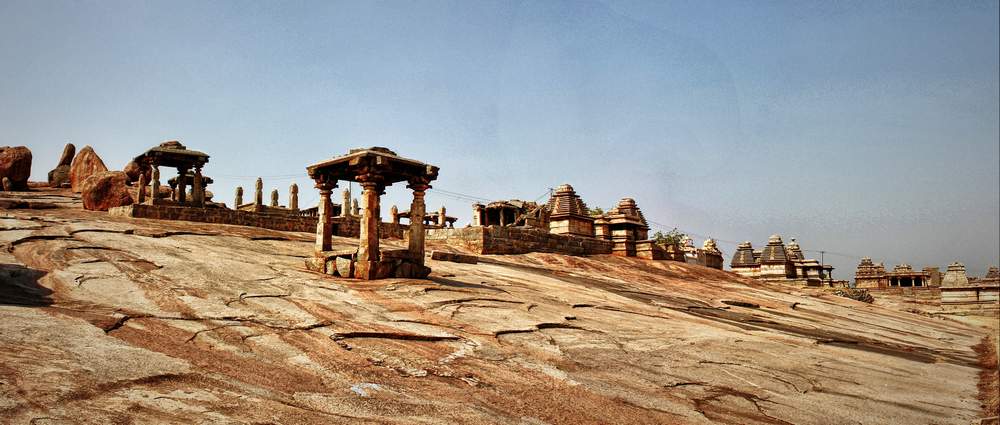
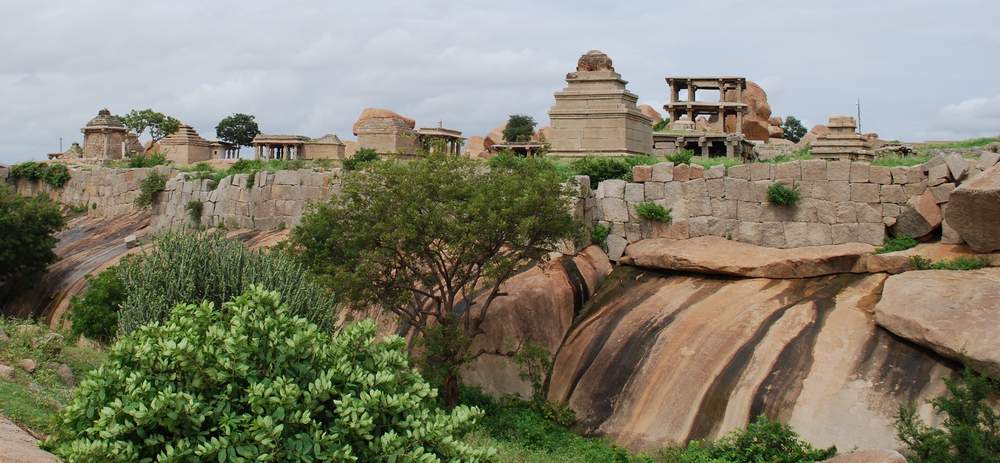
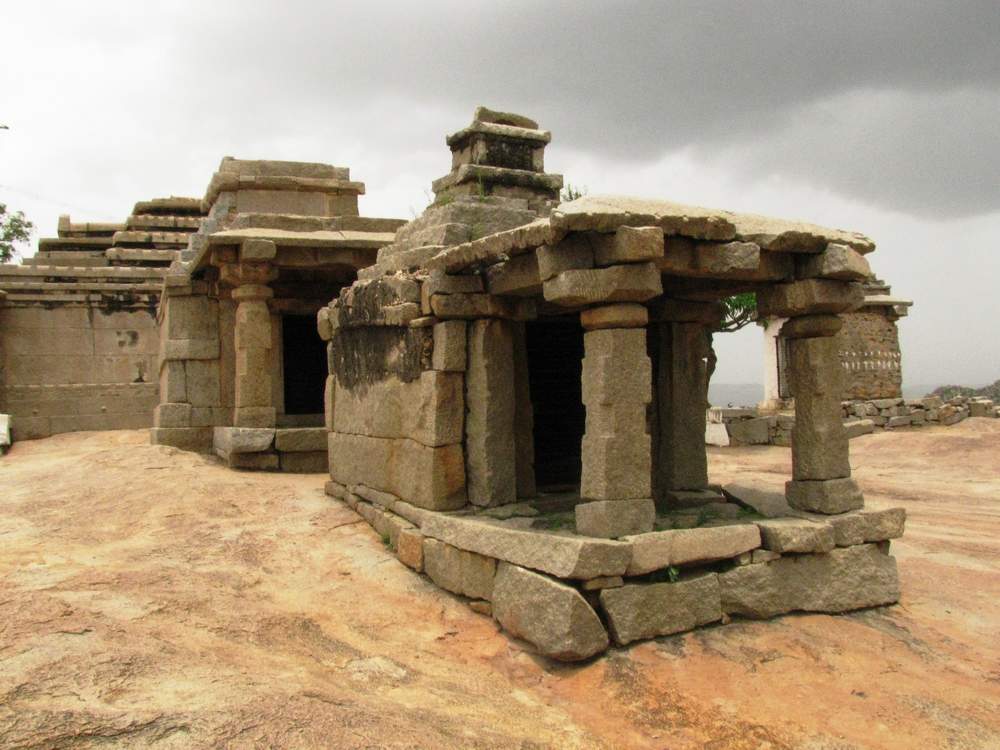
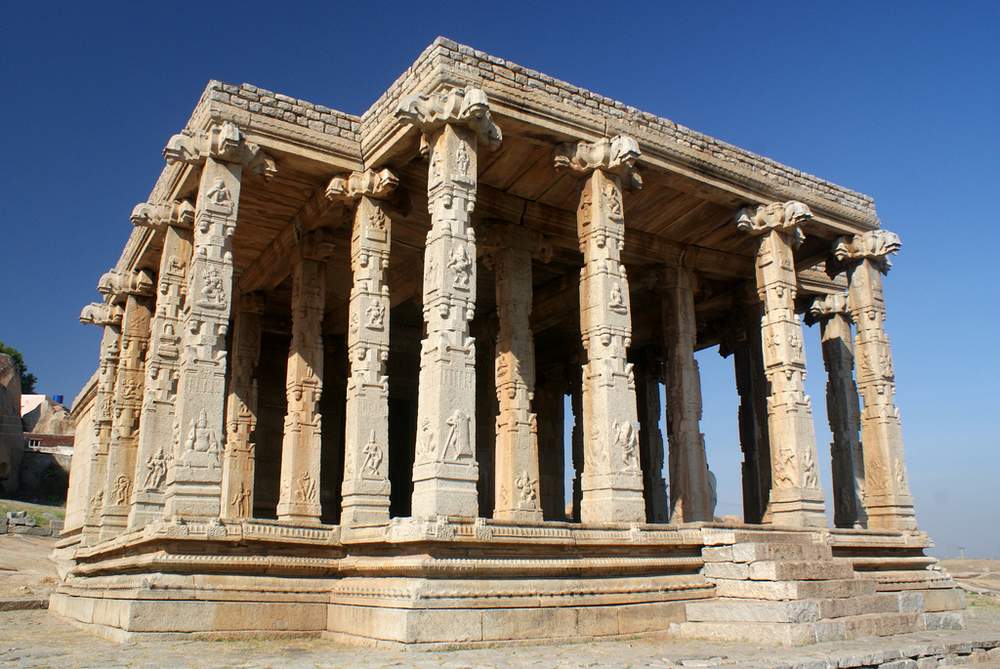
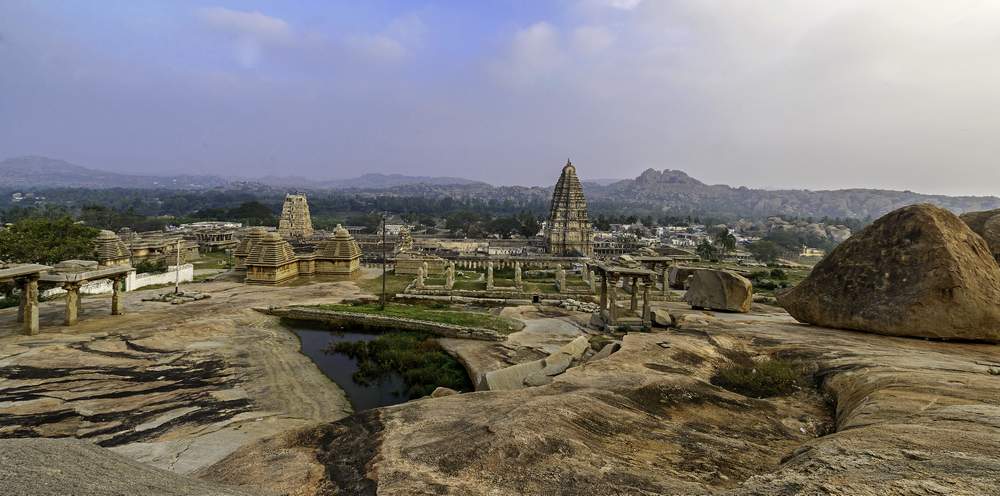
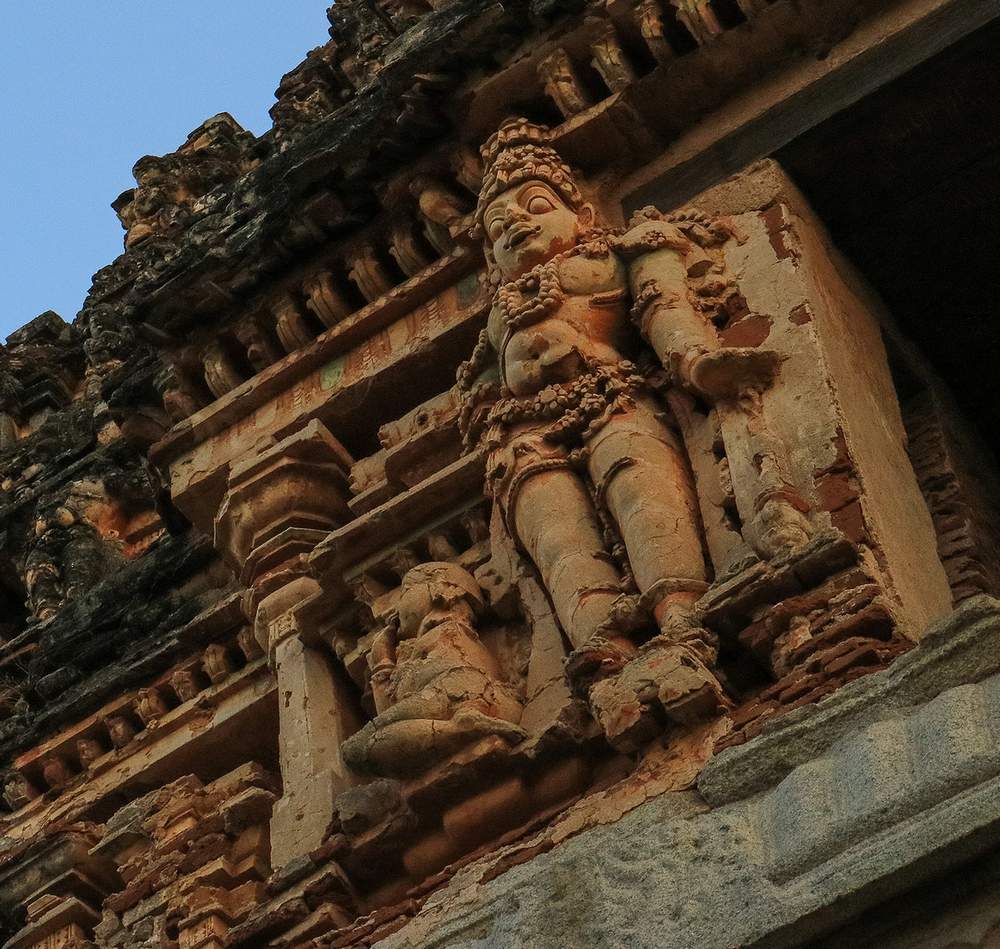
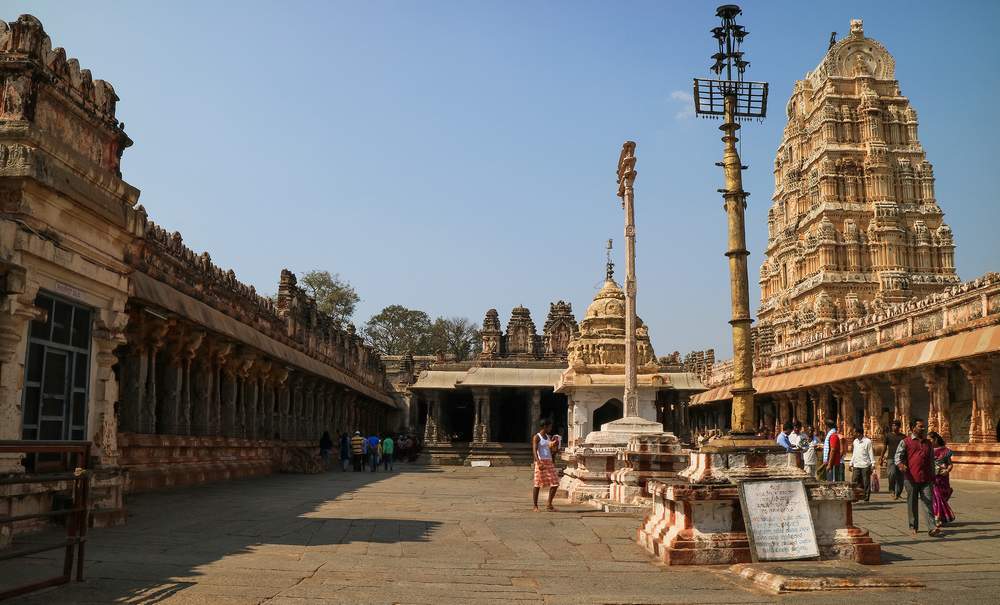
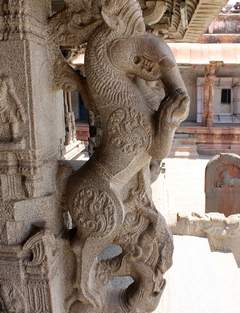 The maharangamandapa added by Krishnadevaraya contains 38 pillars with entrances on three sides with flights of steps decorated with
The maharangamandapa added by Krishnadevaraya contains 38 pillars with entrances on three sides with flights of steps decorated with 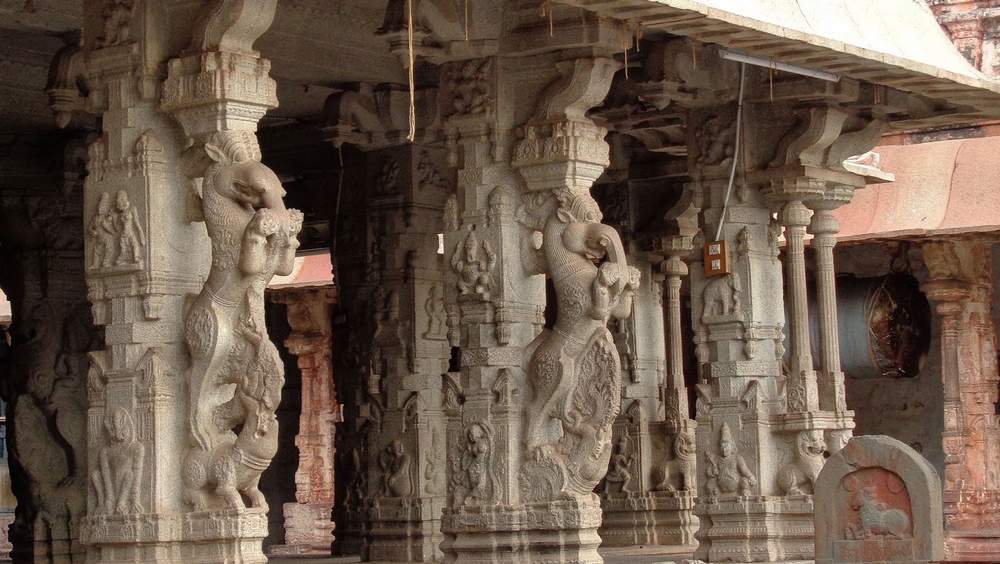
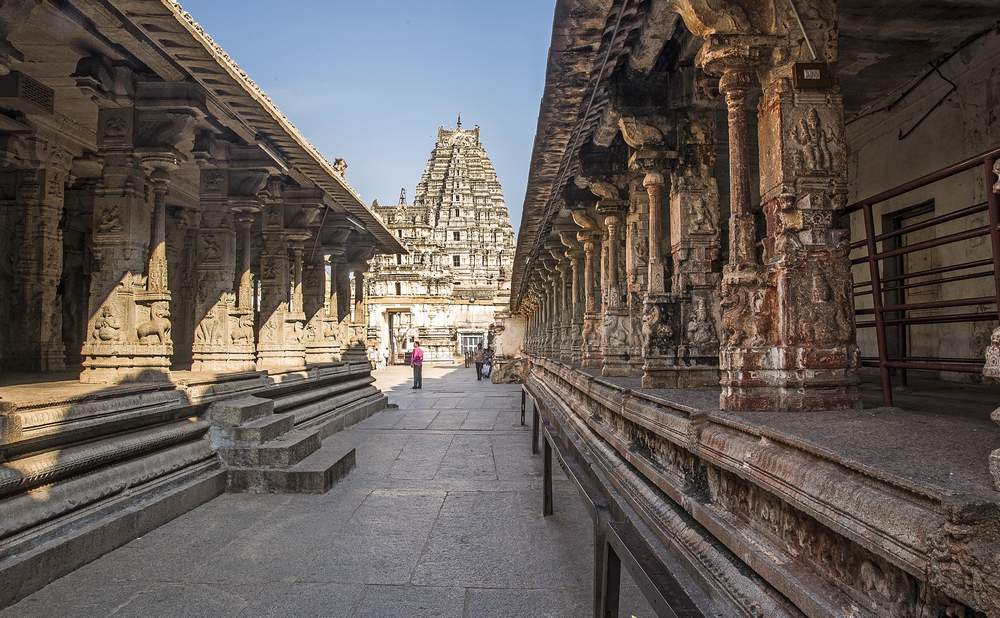







.jpg)
 Rice colored with turmeric and shaped into a cone is a common sight during
Rice colored with turmeric and shaped into a cone is a common sight during 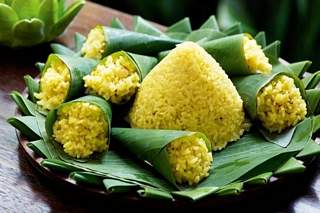 Freshly sliced cucumber and tomato
Freshly sliced cucumber and tomato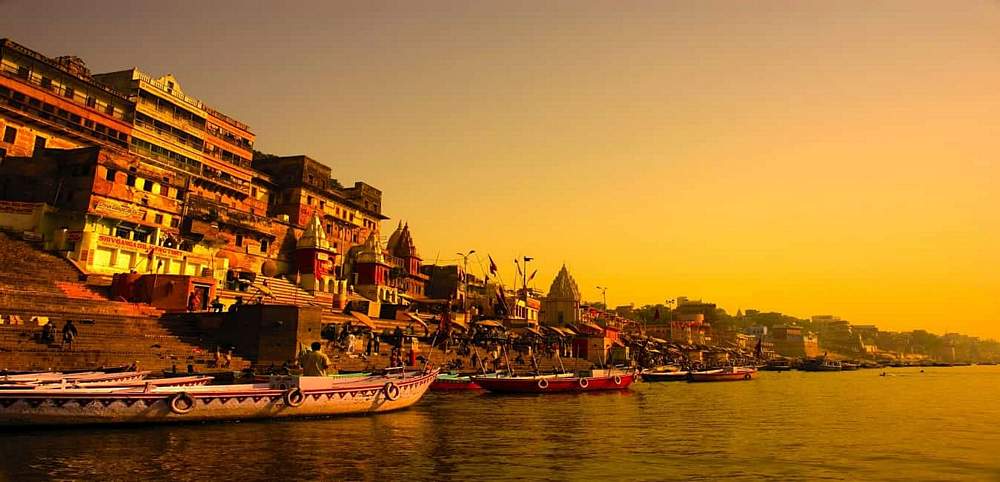
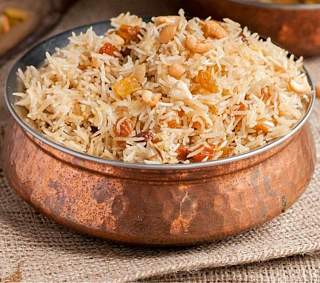 1.25 cups
1.25 cups 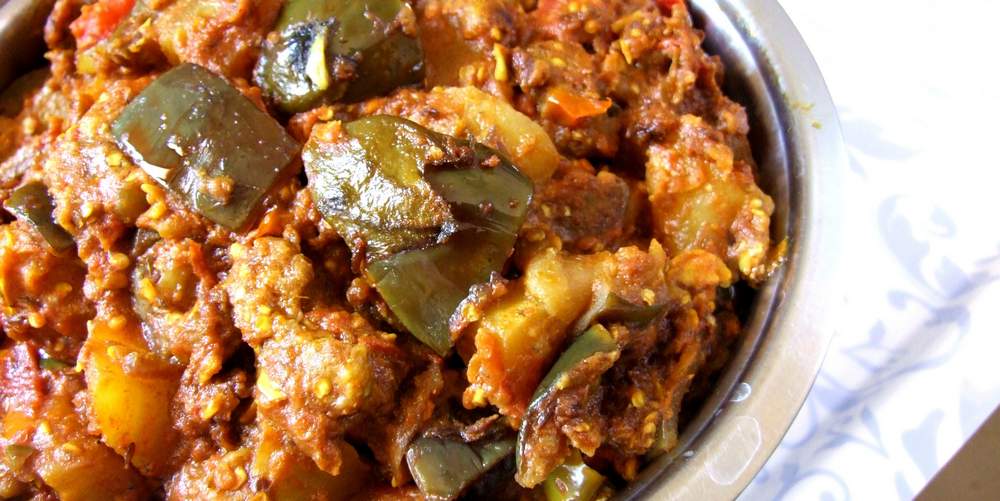
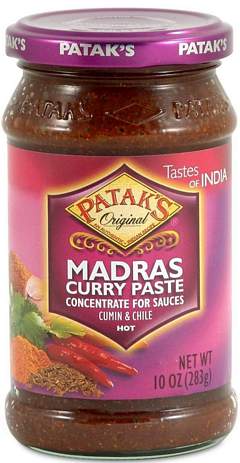 In a pan of boiling water, cook the new potatoes for 15 minutes, until they are almost cooked trough yet give some resistance when pierced with a fork. Drain and set aside.
In a pan of boiling water, cook the new potatoes for 15 minutes, until they are almost cooked trough yet give some resistance when pierced with a fork. Drain and set aside..jpg)
.jpg)
